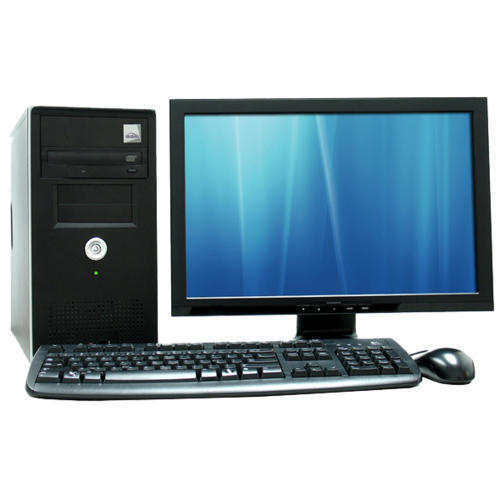The function of a network is to share resources between computers. In order for this to happen the computers must be able to "talk" to each other which is accomplished with the use of protocols which are essentially a set of "rules" that govern communication over a network. Computers must be configured with a common protocol in order to be able to communicate. Below are some of the most common protocols:
- IPX/SPX - The fastest routable protocol and is
used on Novell Netware networks.
- TCP/IP - TCP/IP is the most largely used protocol
as it is the foundation for communication over the internet.
- NETBEUI - The NetBios Extended User Interface is
a non-routable protocol that establishes connections between computers
with the use of NetBIOS.
- HTTP - Stands for Hypertext Transfer Protocol and
is the set of rules for exchanging files and multimedia on the internet.
HTTPS denotes that it is a secure connection.
- SMTP - Stands for Simple Mail Transfer Protocol
and is used to reliably send mail over the Internet.
- POP3 - This is the Post Office Protocol and is
used for the receiving of email.
Most networks are governed by a network
operating system(NOS) such as NT or Windows 2000 Server. The servers are
responsible for providing and denying access to resources with the use of
shares, rights and permissions for the various users. In order for a resource
to be accessed across a network, it must be shared first. There are a couple of
different ways to create shares in Windows.









0 Comments